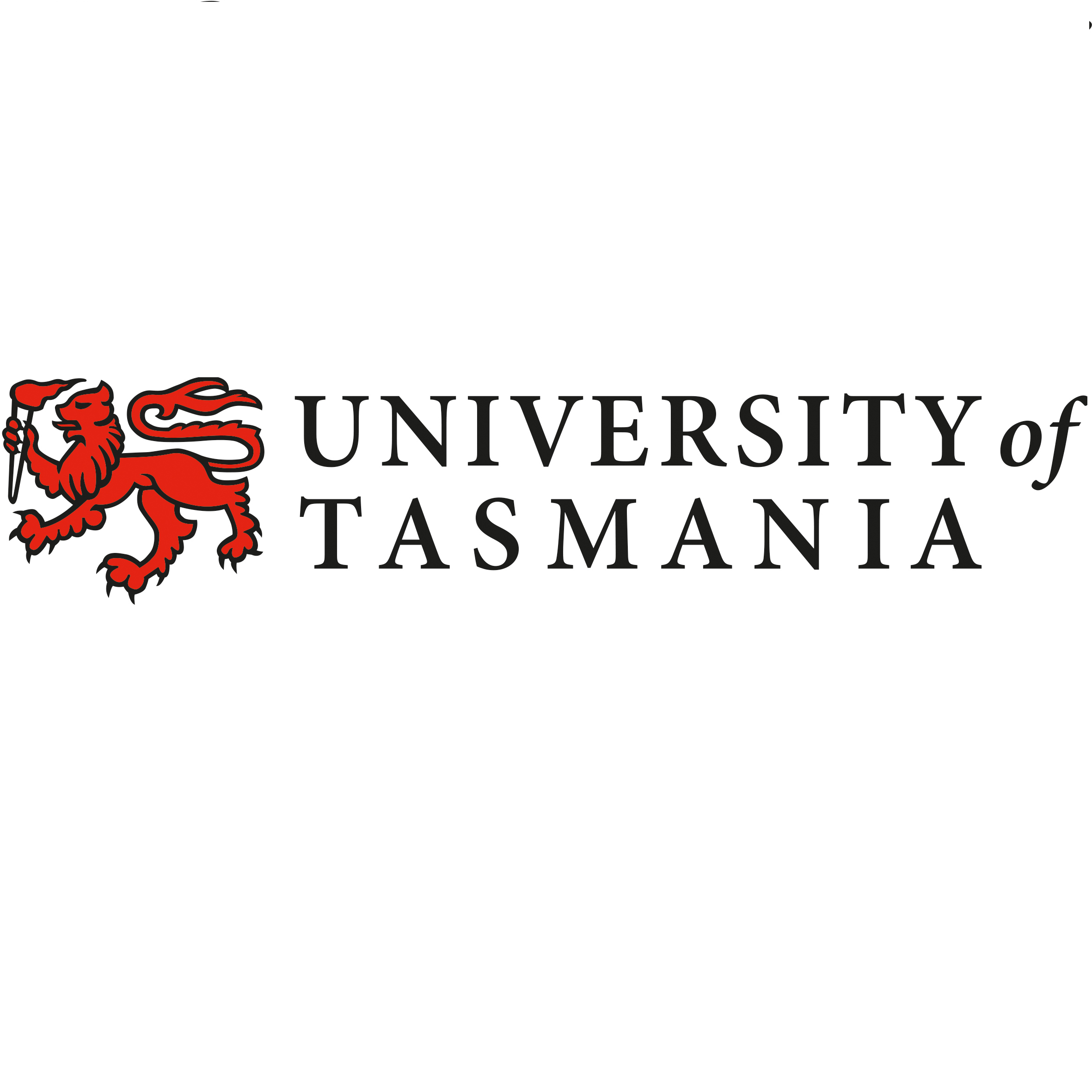Full description
Seagrass meadow extent and meadow-scape was mapped using four alternative approaches at Yule Point, a coastal clear water habitat, in the Cairns section of the Great Barrier Reef, between October 2017 and July 2020. Approach 1 included mapping meadow boundaries and meadow-scape during low spring tides on foot using a handheld GPS. Approach 2 was where the meadows were surveyed at low tide with observations from a helicopter, with observational spot-checks conducted at a number haphazardly scattered points. Approach 3 used imagery collected during low spring tides with a UAV at an altitude of 30 m with a resolution of 0.2cm/pixel. Approach 4 used PlanetScope Dove imagery captured on 05 September 2017 and 09 August 2019 coinciding as close as possible to the field-surveys in 2017 and 2019, with 3.7 m x 3.7 m pixels (nadir viewing) acquired from the PlanetScope archive.This record describes meadow extent data collected using Approach 4 (PlanetScope imagery). View the original metadata record at https://doi.pangaea.de/10.1594/PANGAEA.946604 for the full data collection.
Lineage
Statement: Spatially explicit seagrass maps were created from PlanetScope Dove imagery, and classified using a machine-learning model (Random Forest) coupled with a Boot-strapping process (100 iterations). The final model predictions were then gathered into separate rasters, based on Bootstrap Probability thresholds of 60% and 100%. The final rasters were cleaned using a majority filter algorithm, to eliminate stray pixel predictions using a moving window between 3 and 9 pixels depending on the size of the imagery. For Approach 4, we created spatially explicit seagrass maps from PlanetScope Dove imagery, and conducted the classification using a machine-learning model (Random Forest) coupled with a Boot-strapping process (100 iterations). Due to the lower seagrass density and occurrence of morphologically smaller species, the classes used were: (1) bare sediment, (2) low seagrass cover (>0 ≤25%), AND (3) high seagrass cover (>25%). The final raster was cleaned using a majority filter algorithm, to eliminate stray pixel predictions using a moving window between 3 and 9 pixels depending on the size of the imagery. All meadows captured on 05 September 2017 and 09 August 2019 are represented. Seagrass distribution and abundance can change seasonally and between years, and users should ensure that they make appropriate enquires to determine whether new information is available on the particular subject matter. Model accuracy is 98.8±0.0002% and 93.69±0.0009% for 2017 and 2019, respectively.Data time period: 2017-10-17 to 2020-07-30
text: westlimit=145.485; southlimit=-16.577; eastlimit=145.52; northlimit=-16.537
User Contributed Tags
Login to tag this record with meaningful keywords to make it easier to discover
DATA ACCESS - This OGC WFS service returns the data (Yule Point seagrass) in Shapefile format. (SHAPE-ZIP)
MAP - Yule Point seagrass (seamap:SeamapAus_QLD_YulePoint_seagrass_2019)
uri :
https://geoserver.imas.utas.edu.au/geoserver/seamap/wms![]()
(Original metadata record [PANGAEA catalogue])
doi :
https://doi.pangaea.de/10.1594/PANGAEA.946604![]()
global : 4739e4b0-4dba-4ec5-b658-02c09f27ab9a
- global : dbc3c0e6-0597-4c57-b9ee-ff2de41d9e83


